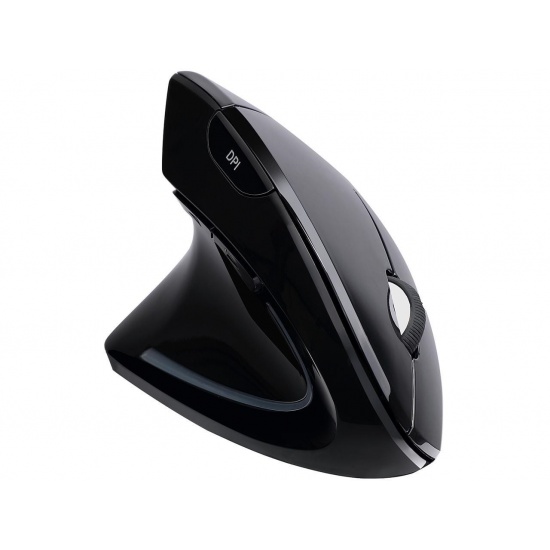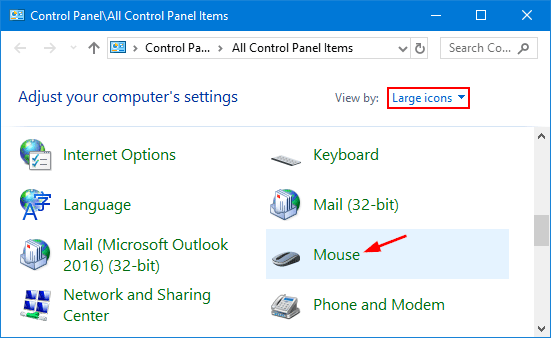

The dominant hand continues to be used throughout adulthood as tasks become instinctual, thereby optimizing task processing time and performance. Thus, handedness is often task specific, and tasks performed daily form a much stronger handedness than those performed only a few times a year 2. A person may complete many tasks with their left hand while using a computer mouse in their right hand. All tasks, such as using a computer mouse, eating, kicking, leaning, throwing, and writing, have a preferred dominant side that is not always the same. The formation of hand dominance, known as handedness, becomes apparent between the ages of seven and nine months when children begin repeatedly reaching and grabbing objects with a single hand 1.

Many tools and human interfaces are designed for people who are predominantly right-handed, which further promotes the usage of a single hand for the majority of work functions. People reinforce dominant hand preference when performing tasks with the same hand by building muscle memory and becoming more accustomed and comfortable having always done tasks a certain way.

Overall, training the nondominant hand on the computer mouse will allow for improved performance in industry while allowing safer, sustainable, and more achievable work in a multitude of economies.ĭominant hand preference is formed in early childhood and continually trained throughout one’s lifetime. Last, our research showed that nondominant hand performance decreases when the skill is not trained for over a year, but the performance is significantly higher than that prior to the original training and can be rapidly relearned. Additionally, our study showed that the nondominant hand is capable of learning the complex movements that our dominant hand has trained for many years. This study found improved performance with the computer mouse in the dominant hand following nondominant hand training because of the bilateral transfer effect of training. Our study had eleven right-handed computer mouse users train their nondominant hand for 15 min a day, five days per week, for six weeks. Computer mouse use is a daily operation in the workplace and requires minute hand and wrist movements developed and refined through practice and training for many years. This study explored the effects of training computer mouse use in the nondominant hand on clicking performance of the dominant and nondominant hands.


 0 kommentar(er)
0 kommentar(er)
